Hello, everyone. This is JAXA Astronaut Norishige Kanai. How did you enjoy your New Year's holiday?
We astronauts also have a New Year vacation for good refreshment and rest. In fact, physical and mental coordination during the holiday is essential for astronauts who usually undergo varied training with risks, including flight maneuver and Extravehicular Activity (EVA).
During this holiday, I participated in a one-day lecture on emergency medical care.
I used to work as a doctor for the Self-Defense Forces of Japan. Having had no chances to actually examine and treat patients since being selected as an astronaut candidate, however, I appreciated this lecture, a very precious opportunity for me to experience practical training and learn the state-of-the art medical knowledge.
The ISS, where six astronauts always reside, does not always have a member who formerly worked as a doctor. That is why, despite their past vocations, all crewmembers must engage in training for emergency medical care as well.
The content of the lecture for astronauts is almost the same as that in general on the ground: effective cardiac massage, artificial respiration with masks, how to operate an automated external defibrillator (AED) ...of course, not under weightless conditions.
Just imagine circumstances under which one of your colleagues suffering cardiopulmonary arrest immediately needs cardiac massage. Saving his life demands steadfast massage by compressing the patient's chest relatively strongly. However, massage in a weightless environment blows off astronauts who compress a colleague's chest due to its counter reaction to the compression applied.
To prevent this reaction, emergency medical care on the ISS requires the patient to be first fastened onto a stand firmly fixed to the floor by literally "tying" them there.
The deliverer must conduct cardiac massage on the patient while securing him/herself to a point via a hand rail or auxiliary belt at the same time (as shown in Photo 1). Alternatively, another cardiac massage method using weightlessness involves legs touching the ceiling and arms stretching toward the patient on the floor (as shown in Photo 2).
![[Photo 1]](/astro/report/2012/images/1212_kanai_column01_m.jpg)
[Photo 1]
![[Photo 2]](/astro/report/2012/images/1212_kanai_column02_m.jpg)
[Photo 2]
Specializing in medicine, I take an interest in all medical treatment on the ISS as well as emergency care, which seems to pose difficult problems due to weightlessness.
The intravenous drip is an example. Liquid medicine in a vinyl bag slowly entering a patient's body is commonly seen in TV dramas. However, under a weightless environment, this liquid medicine will never "fall" "naturally" from the bag. Making medicine drop in space requires artificial equipment like a pump which continuously sends the medicine into the human body.
Another example is an operation. You can remember well-known scenes in dramas in which a doctor wearing a sterilized surgical suit and gloves, keeping his/her hands above his waist, says, "...Scalpel!". The whole patient's body except the sterilized affected part is covered with a sterilized surgical sheet, which is intended to prevent any germs from infiltrating his/her body, which may be serious. The same applies to the use of each piece of apparatus, which is applied only after being disinfected and sterilized and keeping arms higher than the waist, which is intended to prevent hands from contingently touching any non-sterilized part.
For an operation under a weightless environment, it looks really difficult to prepare a totally clean site free of germs. Even with a patient fastened to a stand, as in the case of cardiac massage (after being anesthetized of course), an operation also needs a doctor in a stable position after being somehow secured to a point.
Additionally, with a sterilized suit and gloves, a doctor cannot coordinate his/her own posture. Accidentally disturbing the balance and touching a non-disinfected wall with his/her hand or body immediately disrupts the operation, which is compromised due to germ infiltration. Beforehand it should be noted that operation apparatus, including scalpel and tweezers (not constantly in the hands) can fly anywhere under weightlessness.
Sorry if it sounds grotesque, but once an operation, commonly accompanied by "bleeding", causes hemorrhaging from the patient's body, which may fly somewhere on the ISS, it may lead to a fatal machine disorder.
As mentioned above, engaging in medical practice in space, while facing huge hindrances, has been discussed by researchers worldwide with varied ideas and embodiments devised by any possible means. A system which can be actually tested on the ISS (while not actually involving the use of a scalpel on the human body) has been under consideration.
The gravity-related issue, while initially challenging, also opens up various possibilities: it can be easily solved with an unexpected mindset or its solution can be beneficial only on the ISS. This particularly intriguing study is part of one of the most exciting research fields in manned space development.
Though not only confined to medicine, I believe that people who think outside the box and those who enjoy solving tough problems with methods that no-one else can devise are suited to research and development concerning space.
Now let me return to the topic at the beginning of this column. As stated above, I mentioned that daily astronaut training includes risky aspects for flight maneuvers, Extravehicular Activities (EVA), and occasionally field operations.
During this training, I feel secure when finding astronauts who have had emergency care training for ISS missions, thinking that they will manage to rescue me in case I suffer an accident.
Of course no-one wants to come across such circumstances requiring emergency care, however, knowledge and skills in emergency medical care may be needed in the workplace or at home, anywhere and anytime. Recently, AED units have become ubiquitous. How many people can use them confidently?
Lectures for the general public as well as for experts are often provided. Why not try one, as training for an astronaut?
* Credit: JAXA/NASA

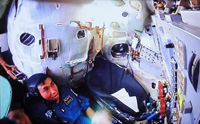





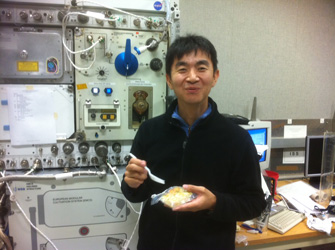
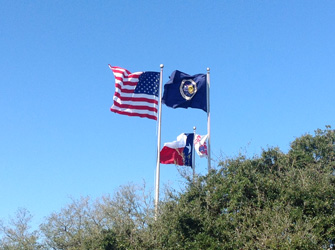
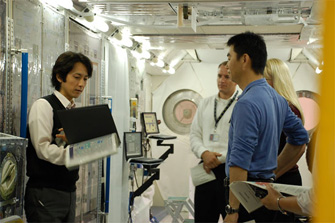

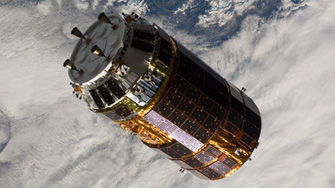

![[Photo 1]](/astro/report/2012/images/1212_kanai_column01_m.jpg)
![[Photo 2]](/astro/report/2012/images/1212_kanai_column02_m.jpg)